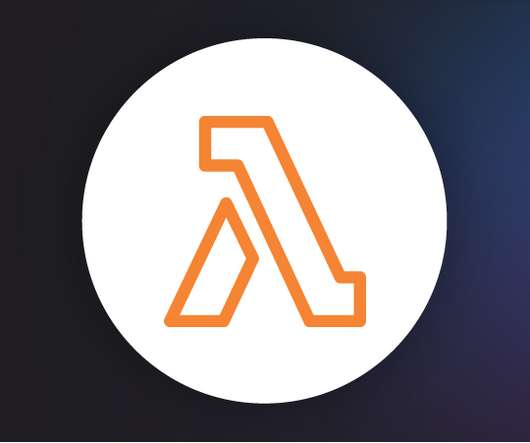Top500 list: a brief introduction
PDC
APRIL 14, 2019
It ranks the world’s 500 most powerful supercomputers based on their performance as measured by the Linpack benchmark. This is vividly reflected in the design on the Titan supercomputer , which is still among the world’s top 10 most powerful supercomputers (as of the November 2018 Top500 list). The Top500 list (Nov 2018).














Let's personalize your content